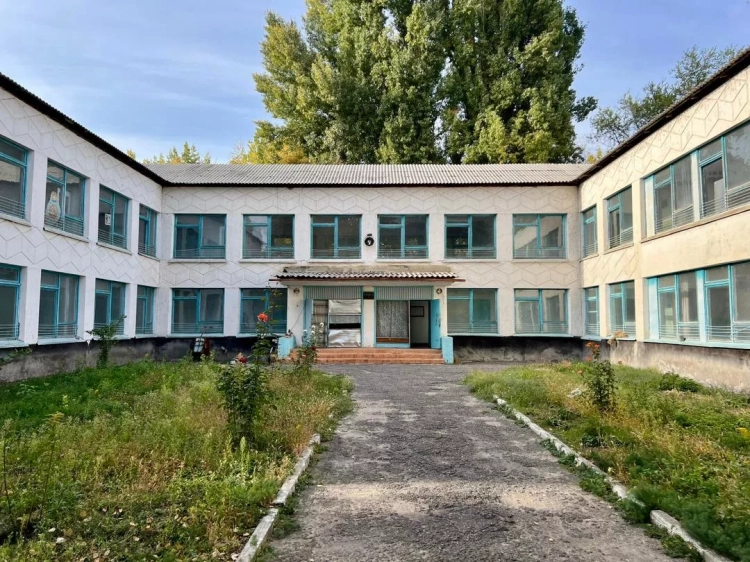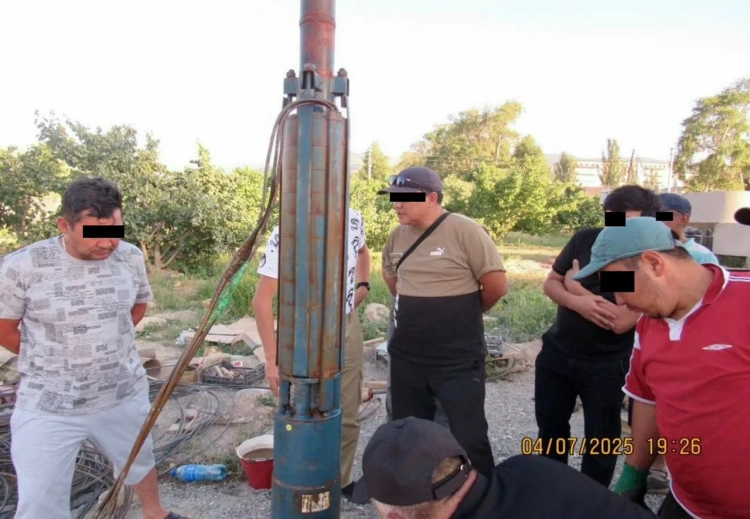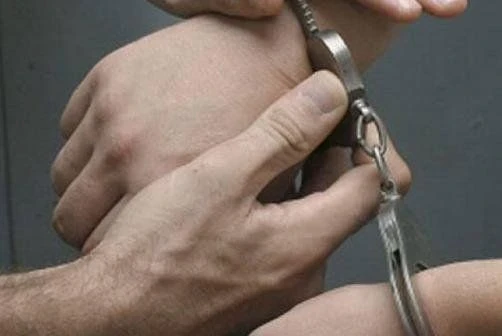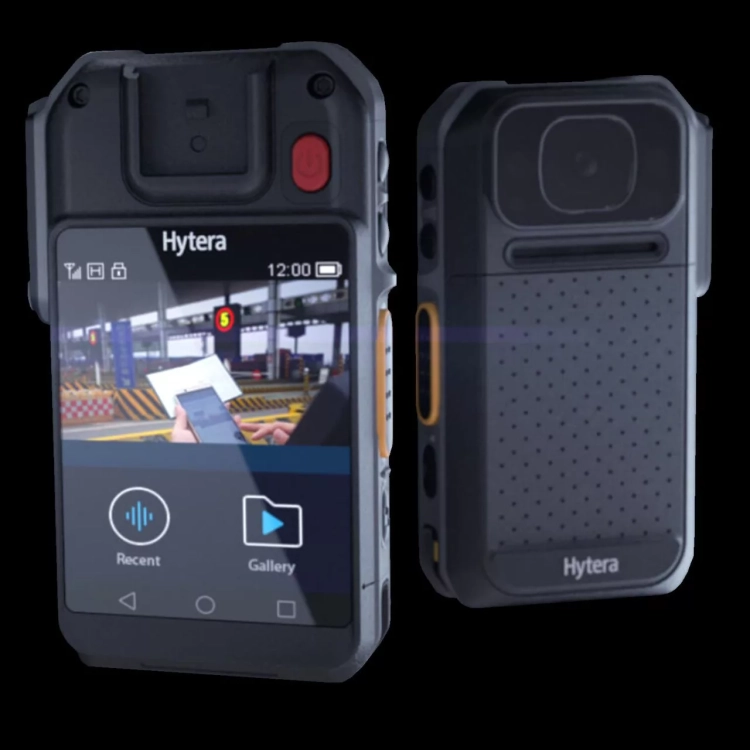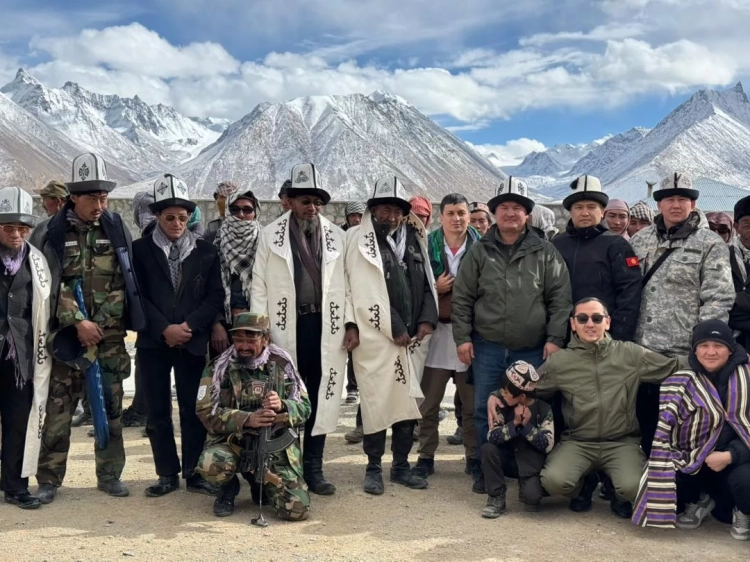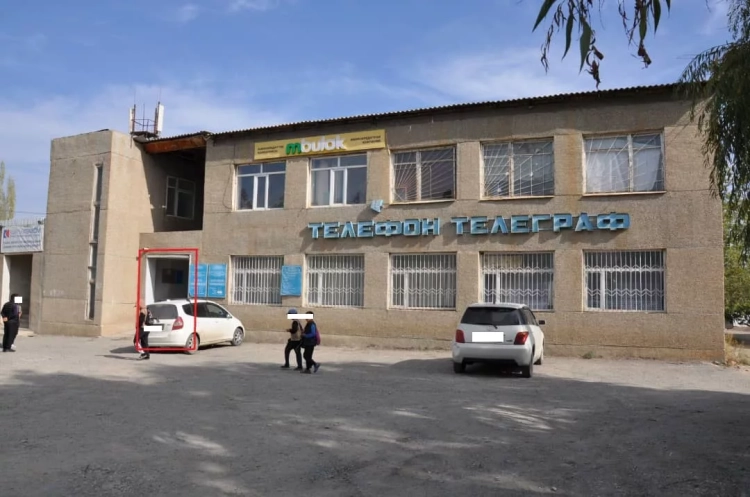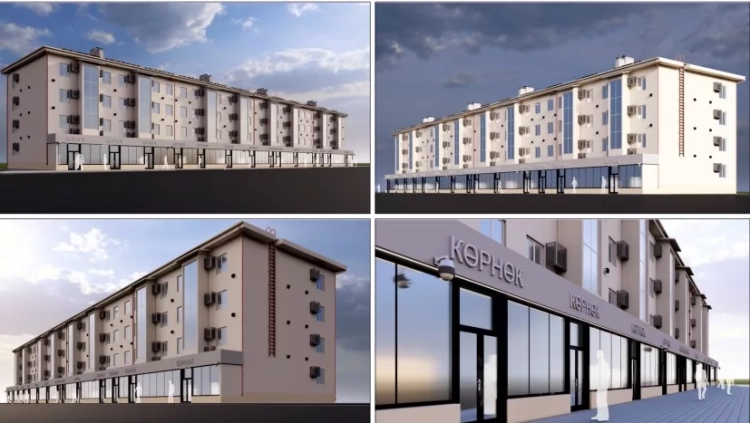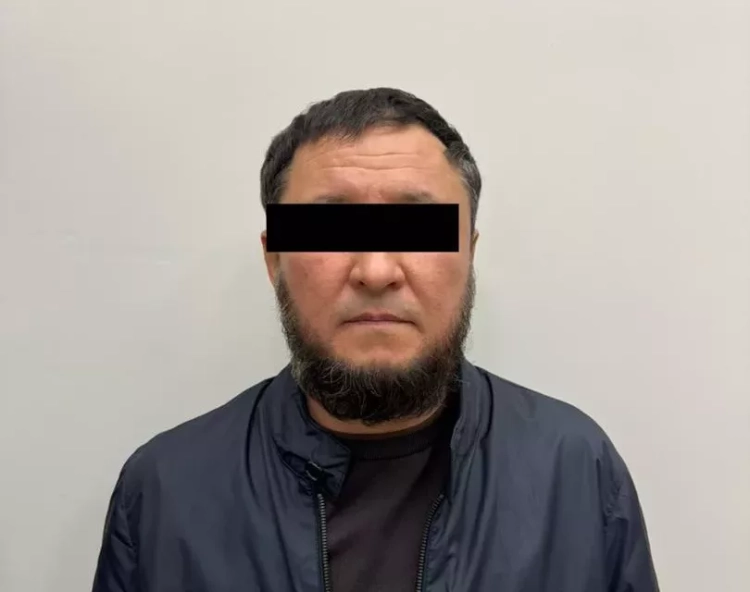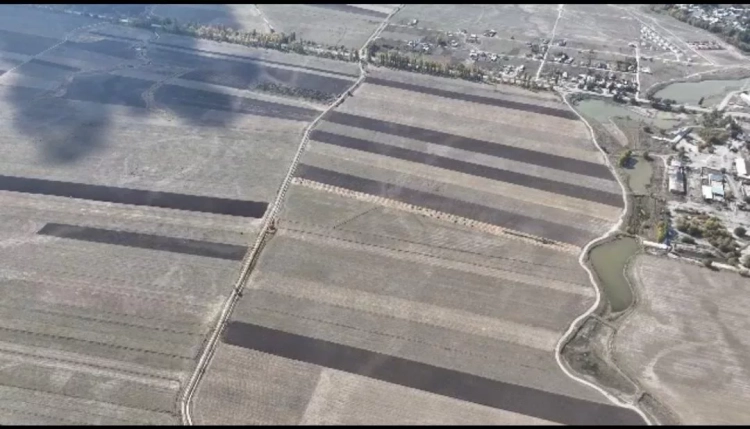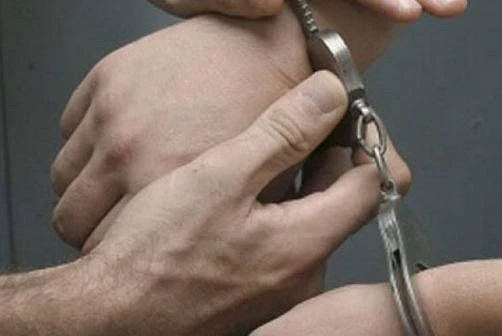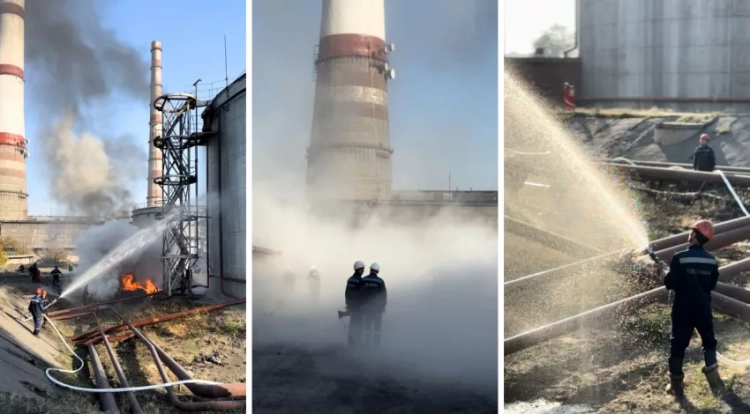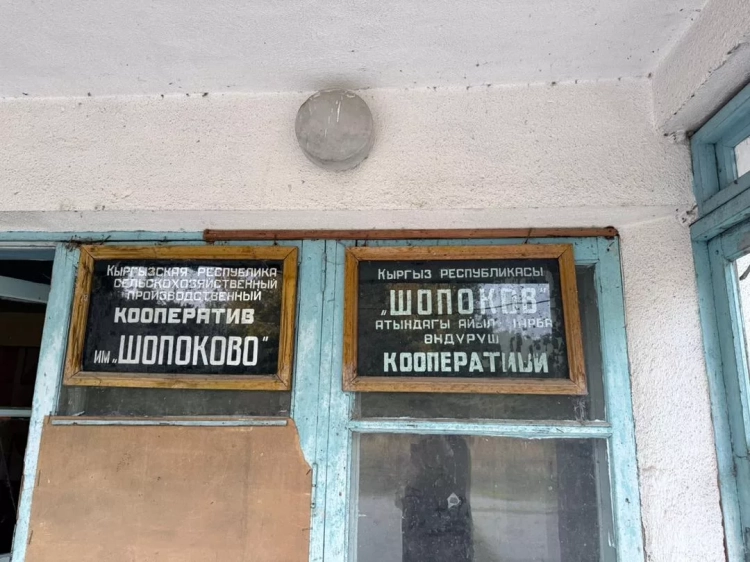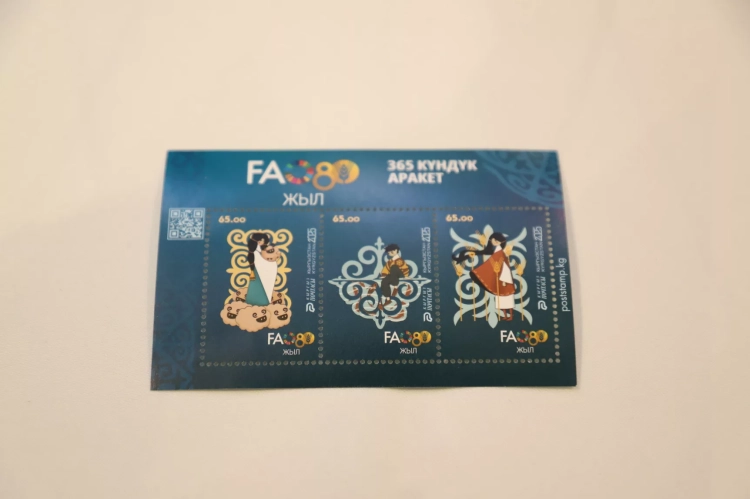
In printmaking, Myrsa Omorkulov has repeatedly tested his skills, although his favorite technique is watercolor. In the 1960s, he created colored linocuts for the series "The Road from Frunze to Osh" (1961). Here, the artist faced challenges related to mastering a new technique that required a certain discipline of thought and plastic generalizations. In the best sheet of the series "A Bridge is Being Built," the author managed to "convey his admiration for the majestic beauty of metal structures, composing it in such a way that each detail helps to reveal the artistic image." The next series of colored linocuts—a triptych "Decrees on Peace, on Land" (1967)—represents a serious attempt by the graphic artist to overcome his characteristic tendency to work directly from nature, as well as to further improve his mastery of the engraving technique. Omorkulov's graphic language became more confident in the triptych "The Reborn Land" ("The First Tractor," "The Mentor," "The Head Cascade of the Toktogul Hydroelectric Power Station," 1984).





